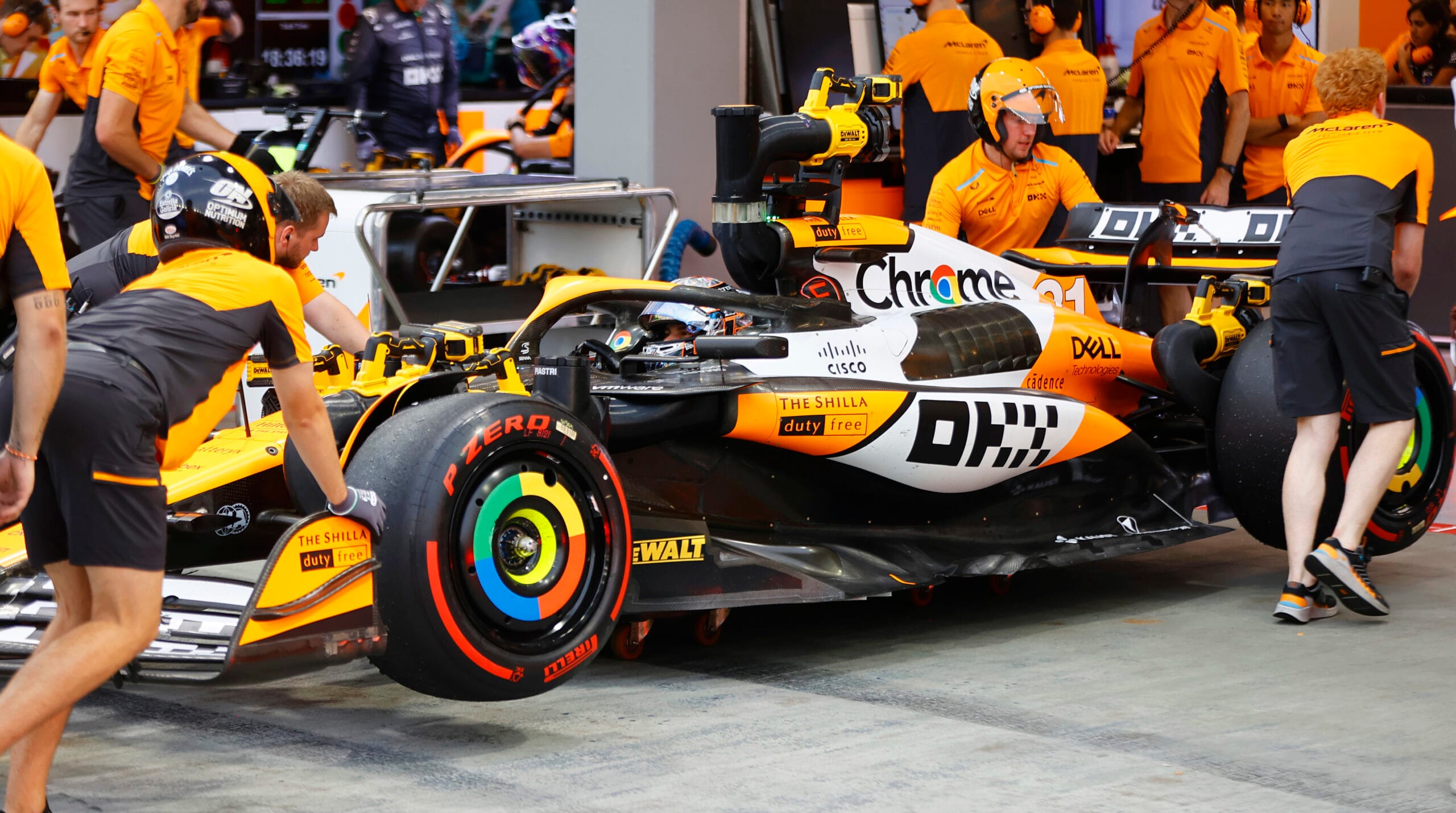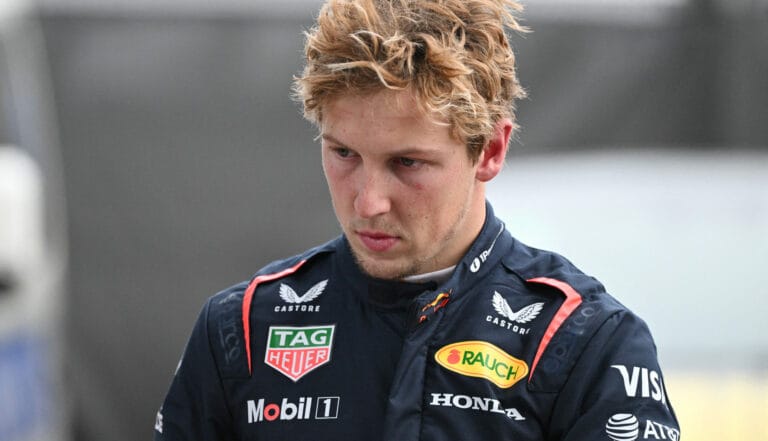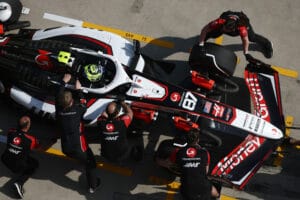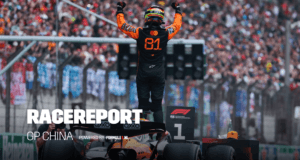Following the controversy surrounding McLaren’s rear wing, the FIA has implemented several changes to the technical regulations for 2025. The rules for the flexibility of aerodynamic components are being tightened. This year, McLaren came under fire because the rear wing was said to move too much under aerodynamic pressure, creating a sort of ‘mini-DRS’ on fast circuits.
Footage onboard the MCL38 during the Azerbaijan GP this year caused a stir. On the fast street circuit, the rear wing was said to bend so far that a sort of ‘mini-DRS’ was created. After an inspection by the FIA, McLaren adjusted the component, although the organization could not catch the team in a violation. To prevent new discussions, the rules will be tightened in 2025.
The adjustments were announced during the last meeting of the FIA World Motor Sport Council in Rwanda, prior to Friday’s award ceremony. “With the exception of body parts that can be adjusted by the driver, all aerodynamic parts that can affect the performance of the car must be firmly attached and immovable,” reads the updated rule. “The rear wing must – when the DRS flap is not deployed – have a gap between 9.4 mm and 13 mm.
Introduction of ‘Heat Hazard’ Rules
The FIA has announced new heat hazard rules. These will come into effect when the temperature exceeds 30.5 degrees Celsius. Teams will then be required to install additional cooling systems in the cars to protect the drivers from extreme heat. This does not involve a traditional air conditioning system, but a system that directs cool air to the cockpit. The minimum weight of the cars will be increased by five kilograms in this situation.
These measures follow the 2023 Qatar GP, where many drivers complained about the grueling conditions. Several participants needed medical assistance afterwards due to dehydration or exhaustion. Logan Sargeant had to retire early, while Esteban Ocon revealed that he had vomited in his helmet. According to the new rules, the race director can declare a heat hazard before a Grand Prix.









